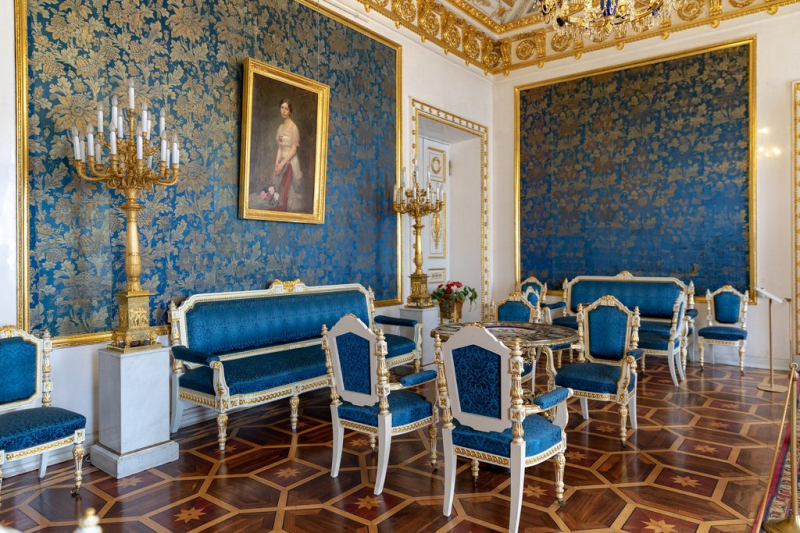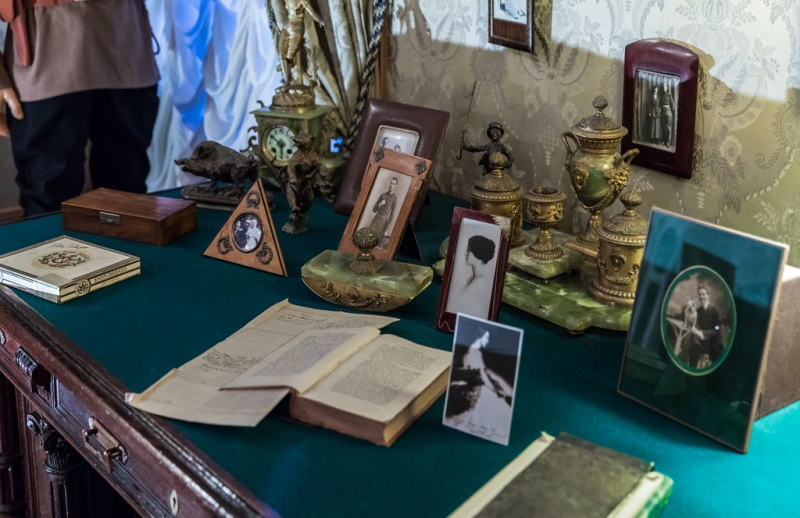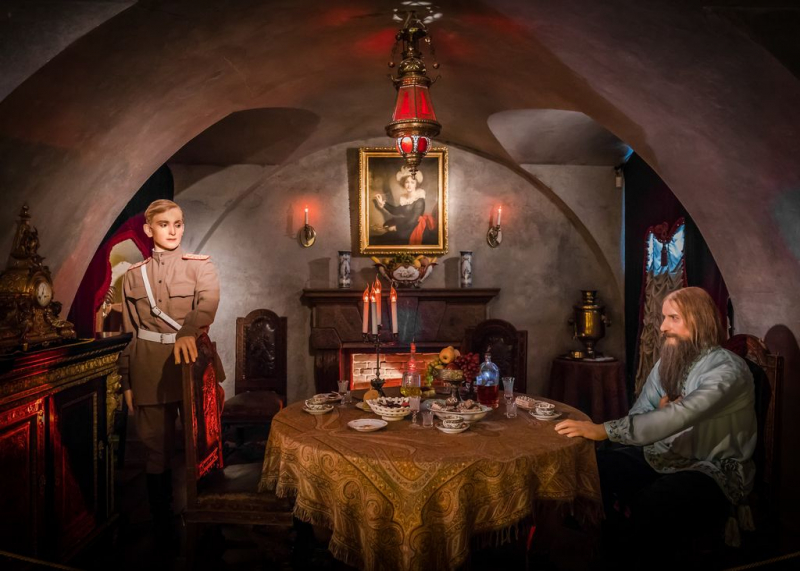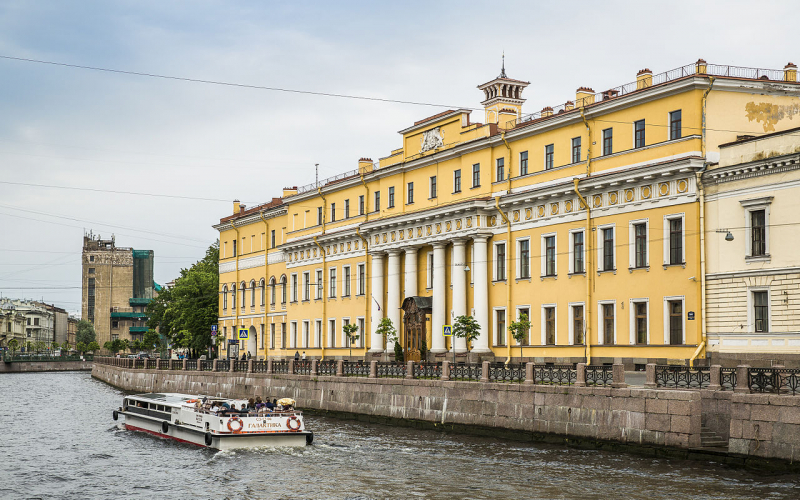History
Built in the 1770’s for one Count Shuvalov, the neoclassicist palace complex was purchased and greatly expanded in the 1830’s by Prince Boris Yusupov and remained with the family for five generations; it soon became known as the Yusupov Palace – even though it was but one of 57 (!) palaces owned by the family at the time. Passionate patrons of the arts, the Yusupovs maintained an extensive collection – including a couple of original Rembrandts – that was moved to the Hermitage and the Russian Museum after the Russian Revolution.
Interiors of the Yusupov Palace. Credit: Ninara (flickr.com/ninara) / CC BY 2.0
But, of course, the incident that really secured this palace a place in the annals of history occurred on December 17, 1916, when Felix Yusupov, the dynasty’s last Prince before its exile to Europe, and a group of his co-conspirators made their attempt on the life of Grigori Rasputin, a “holy man” and a controversial figure in the royal court. Over the past century, this incident has become surrounded with much myth and speculation, as well as been the subject of countless films, books, and plays – enough to merit a separate Wikipedia article just for Rasputin’s appearances in popular culture!
Fun fact: it is thanks to none but Felix Yusupov that today, nearly every movie includes an “all persons and events depicted are fictional” disclaimer in its credits. Outraged at their depiction in the 1932 MGM film Rasputin and the Empress, Felix and his wife Irina successfully sued the studio for libel, setting a precedent for all future filmmakers (and their lawyers).
Museum
After the Russian Revolution, the building shortly served as the Swedish and German consulate before becoming an art museum. Today, the museum complex comprises the palace itself, the Yusupovs’ private theatre, a church, and a modern event space housed in the former stables. A small yet quaint park is also attached, providing pleasant shade and respite to visitors during the summer months. The theatre is once again being used for its original purpose – though you’ll need to brush up on your Russian if you want to fully enjoy one of its performances.
The Yusupovs' personal artifacts on display at the museum. Credit: Ninara (flickr.com/ninara) / CC BY 2.0
Figuring out the museum’s many types of tickets can seem a daring task at first. Various sections of the museum complex, such as the staterooms, the young princes’ quarters, Princess Zinaida’s boudoir, the basement where Rasputin dined on cyanide-laced cakes, or even the linen pantry, are accessible in various combinations depending on which themed ticket you’d prefer to pick.
Though guided tours are given in Russian, you can safely go with the Ceremonial halls and the prince's living rooms ticket, which comes with a handy audio guide in Russian, English, Spanish, Italian, German, French, Finnish, and Chinese. The late-night Assassination of Rasputin tour (5 pm to 6:30 pm, which is “late” in museum vernacular) provides access only to the areas associated with the events of December 17, 1916; it also includes screenings of two documentary films, both subtitled in English.
In the basement, wax figures of Rasputin and the conspirators depict the night of his murder. Credit: Ninara (flickr.com/ninara) / CC BY 2.0
Tickets and business hours
Daily from 11 am till 6 pm; note that the ticket office closes at 5 pm (or 6 pm when Assassination of Rasputin is on).
Entrance prices range from 350 to 900 rubles for adults and 250 to 800 rubles for students and other discount-eligible persons.
The Yusupov Palace Museum complex can be found at Dekabristov st, 21 (Google Maps, Yandex.Maps). The nearest metro stations are Admiralteyskaya and Sennaya/Spasskaya/Sadovaya.




